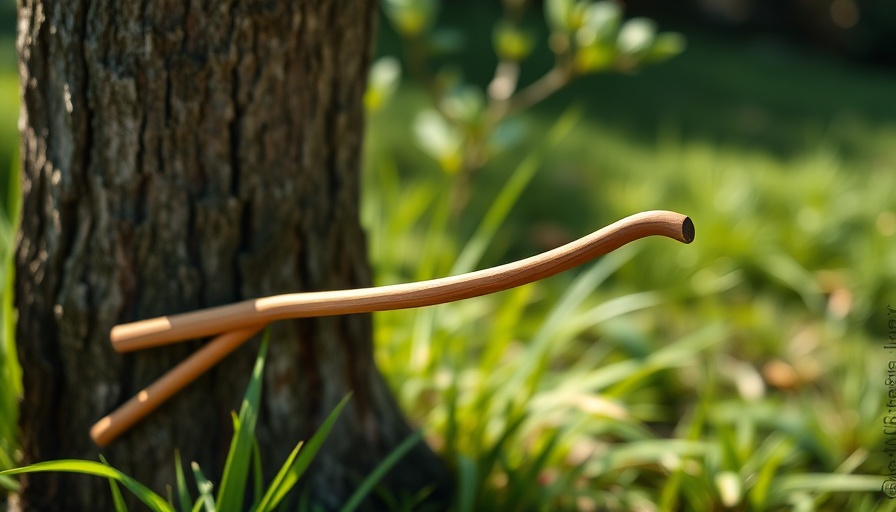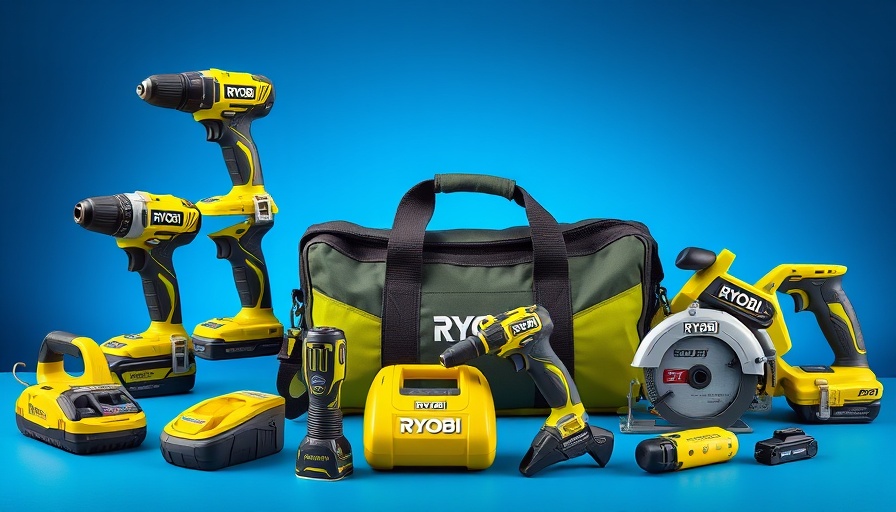
The Fascinating Weather Stick: Nature’s Weather Forecaster
In an age dominated by technology, the weather stick stands out as a charming, low-tech alternative for predicting weather changes in your garden. Rooted in the traditions of the Abenaki Native Americans, this simple device interprets environmental cues to inform homeowners about moisture levels and impending rain. Understanding how a weather stick operates can transform your gardening routines and contribute to more sustainable water usage.
How Weather Sticks Function: A Natural Mechanism
Weather sticks, typically crafted from dried twigs of balsam fir, possess an intrinsic sensitivity to humidity and atmospheric pressure. When the air is dry, the stick bends upwards; conversely, a downward curve signifies increasing humidity, often heralding rain. As noted by licensed contractor Jenny He, the movement of the weather stick can drastically inform your irrigation schedule. Homeowners have reported water savings of up to 30 percent by following the natural indications of this wooden barometer instead of relying solely on technology.
The Eco-Friendly Appeal of Weather Sticks
Unlike digital weather apps or electronic sensors, weather sticks offer a delightful eco-friendly option with minimal maintenance. They require no batteries or electricity, making them an evergreen feature in your yard that can endure for years. By integrating one into your gardening toolkit, you’re adopting a sustainable practice that marries tradition with practicality.
Expert Opinions: Importance of Observation
David Miller, an arborist, emphasizes that the real value of a weather stick comes from consistent monitoring. Observing the stick's movement over time establishes a reliable pattern for anticipating weather changes. Alongside a soil moisture meter and a rain gauge, it can form a comprehensive home weather station that provides a more nuanced understanding of your gardening environment.
Limitations: When to Trust Technology
While weather sticks are generally reliable for short-term weather predictions, they do have their limitations. They react slowly to sudden atmospheric changes and may struggle in shaded areas or dense gardens. Their lack of specificity—the inability to provide exact precipitation levels or humidity percentages—strongly supports the importance of consulting local forecasts and utilizing additional weather tools.
Tips for Implementing Weather Sticks at Home
If the idea of a weather stick appeals to you, here are some practical tips to incorporate one into your gardening routine:
- Placement Matters: Ensure your weather stick is situated in an open area with ample airflow to enhance its sensitivity.
- Pair with Technology: Complement your weather stick’s cues with a digital weather app for accuracy, especially concerning impending bad weather.
- Choose Quality: Opt for sticks made from reputable brands, such as the Vermont Weather Stick, to ensure longevity and reliability.
Conclusion: Embrace the Old with the New
The resurgence of interest in weather sticks is more than a nod to tradition; it's a step toward sustainable gardening practices. By understanding and implementing this simple tool, you can enhance your gardening efforts, conserve water, and connect more deeply with the natural world. It's not just about watering the lawn today but embracing an eco-friendly future that honors the wisdom of the past.
 Add Row
Add Row  Add
Add 






Write A Comment